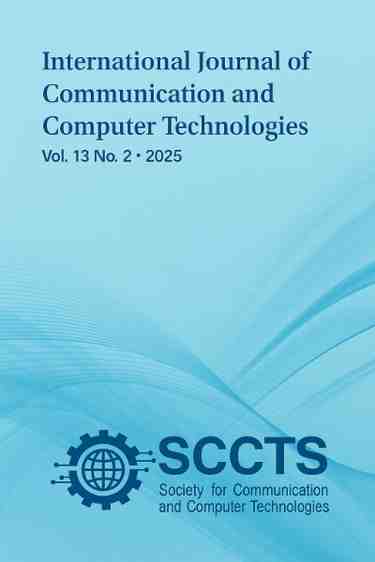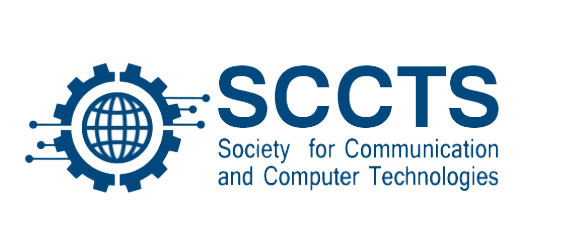Temporal Modeling and Forecasting of Internet Routing Table Growth Using Time-Series Analysis
Keywords:
Routing table growth, BGP, time-series analysis, ARIMA, Internet scalability, IPv6, network forecasting.Abstract
The ongoing growth of Internet routing tables in the world presents severe problems to the scalability, convergence time, and stability of the inter-domain routing systems. This study examines time series routing table growth patterns with time-series modelling tools, such as Autoregressive Integrated Moving Average (ARIMA), Exponential Smoothing (ETS), and Prophet regression models. Border Gateway Protocol (BGP) snapshot data, ten years of they were gathered in RouteViews and RIPE RIS repositories in order to analyse the temporal changes, volatility, and prediction performance. The decomposition of the statistical trend showed a steady exponential increase in prefix advertisements, which were closely related to the use of IPv6, multi-homing, and the use of traffic engineering. The forecasting models predict that it will keep growing and this may impose a strain on router memory and forwarding information base (FIBs) in the next five years unless the current policies are changed. High predictive reliability is confirmed by model validation based on root mean square error (RMSE) and mean absolute percentage error (MAPE), which indicates that route aggregation and policy optimization are necessary. These anticipative outlooks can inform network operators and protocol developers to increase the capacity of routing and proactive planning of capacity against default-free zones.
Downloads
Published
How to Cite
Issue
Section
License
Copyright (c) 2025 International Journal of communication and computer Technologies

This work is licensed under a Creative Commons Attribution-NonCommercial-ShareAlike 4.0 International License.





 The articles in Worldwide Medicine are open access articles licensed under the terms of the
The articles in Worldwide Medicine are open access articles licensed under the terms of the 